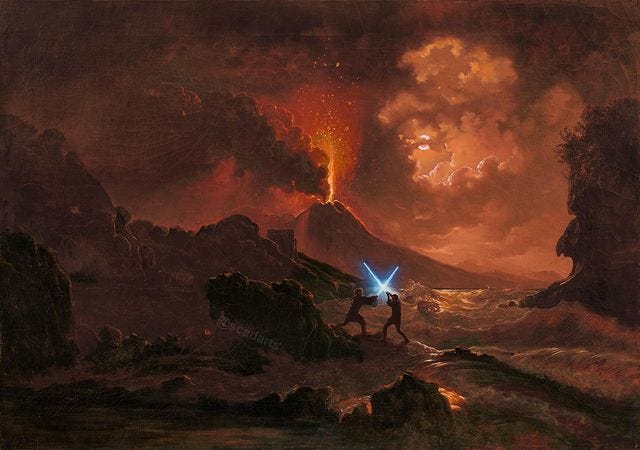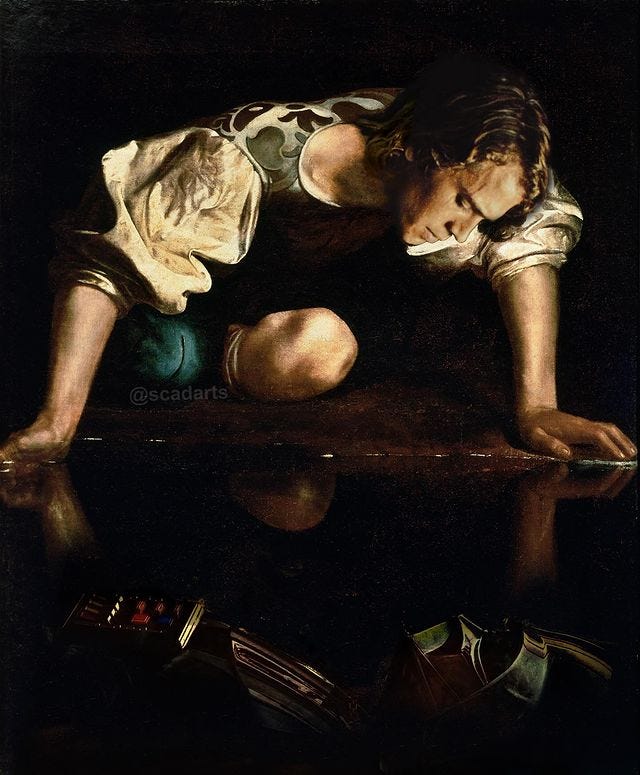This week, I wish to interrupt my series on Unblocking Writer’s Block to issue a topic that has been prancing on my mind. Part III of the series will be up next week, and if you haven’t yet read Part I and Part II on how mindset and motivation contribute towards writer’s block and are interested, please do check it out. In the meantime, let’s talk about the importance of fight scenes.
Possibly one of the most difficult tasks any writer of the genre would have at hand. The fight scene. Or perhaps, the fight scenes. Often, I see new writers struggle under the knowledge that their story does indeed need a fight scene, yet find it difficult to give it a true purpose. As a freelance editor and writer, I will be discussing my opinion on this topic, conveying ways to root them with purpose.
Fight scenes are more important than the reader may know, and that is because they contribute to a perspective on, at the very least, three elements of story:
Plot
Character
Message
Simply without these contributions, the scenes themselves are rendered useless and should be deleted.
On Plot
On the surface, the plot is what most know fight scenes to be useful for, especially in a speculative fiction, which usually are riddled with the heavy usage of weaponry, street fights, and duels. The story may be leading up to the climactic battle, thus needing the protagonist to train and fight to ensure their skill at the battle is justified. Without showing the reader the protagonist’s training along the way, the battle as the ordeal would seem cheated, unrealistic—no matter how speculative the story.
Everything in the plot must be justified and written for a reason. Otherwise, it would be like dangling a piece of knowledge in front of students, imploring they memorise and study it for the sake of the exam at the end of the semester, only for the students to find out—much to their agitation— that they had no use for it after all. Thus, the writer must not dangle a piece of plot in order to convince the reader the story is exciting. This tactic will leave the readers agitated that they were made to believe it was a bit of much-needed information.
When excelling the plot, the rule of cause and effect must be considered at all times. So, if there is a strong desire to place a fight scene in either the beginning, middle, or end of the story, the reasoning must be compactly justified. If it is placed, it must cause a ripple in the pond of the story that possibly not only would impact the trajectory of the plot, but would impact the characters, and also the message and themes discussed within.
On Character
As the plot ensures the fight scene is purposeful, this then ties together with the characters. Particularly, the protagonist. It may not be seen this way by many, but I will never fail to shout from the rooftops that the plot is the direct manifestation of the protagonist’s inner journey. Meaning, the story must masterfully interweave the character’s inner and outer conflict in order to make satisfactory sense. They compliment each other, they push and pull at each other, and they will always rely on one another—even during fight scenes.
At the core of any fight scene, what is being revealed about the protagonist or perspective character is their internal conflict, whether that be their fears or their limiting beliefs. This is typically why the protagonist must always lose the first fight they have with the antagonising force. It indicates not only their strength on a physical level, but also their strength mentally and spiritually. Further, and thus, just as the fight is indicative of the soundness of the character overall, their opponent is also indicative of the protagonist’s shadow. They are the personification of said character’s greatest fears, limiting beliefs, and obstacles.
This idea further conveys how every character’s actions are caused by their internal conflicts, and can be pivotally conveyed through a fight scene. For example, from Star Wars Episode III: Revenge of the Sith (2005), during the Battle of Mustafar—the ordeal—Anakin’s internal conflict has violently risen to the surface, much like the volcanic planet he finds himself on. As he fights with Obi-Wan (who himself is struggling with his own internal battles of morality), it is revealed that his fear of losing those he loves has obscured his senses. This intense fear, along with the help of Emperor Palpatine, has convinced him that those he loves have been against him or are against him, and therefore are already lost to him. This defense mechanism of dealing with such loss is the catalyst for this battle, which he eventually loses because he is wrong.
On Message
Symbolism is vastly recognised by the reader. Perhaps not consciously, but subconsciously it is understood, enriching the plot as well as the characters to clarify the direction of the inner and outer journeys so the message can be conveyed.
Just as the fight scene means something for the characters’ inner journeys, it also must provide a commentary regarding the theme of the story. When the fights are scattered throughout, something must be learnt about the plot and character that contributes towards certain themes of the story that will later connect to the overarching message. And when the battle is at the climax, these fights convey the main perspectives of what the story truly is about, interweaving the plot, the character, and the message. Without this trinity working as one, it would be extremely difficult to write a masterful story.
Again, from Star Wars Episode III: Revenge of the Sith (2005), the overarching themes therein discussed is the balance of good and evil, yet in this film, the discussion is focused more towards the detriment of the rise of evil. During the Battle of Mustafar, Anakin here symbolises Lucifer, the fallen angel, who is ultimately defeated in the battle, but not entirely, explaining the overarching theme of Star Wars that a balance must be found between good and evil. This battle is the portrayal of the balance of the force, the Yin and Yang put to play, and how although at first it is perceived that good always prevails when Obi-Wan, who was positioned on the high ground (symbolising good), slices Anakin in half and leaves him to burn inside a deadly volcano, Anakin survives.
I’m a freelance book editor whose biggest dream is to help you achieve yours. Visit my website to find out more about my editing and coaching services.








Were these images... all renditions of classic paintings to include Anakin Skywalker?
*That's incredible*
That “Fallen Angel” painting really speaks to me, in the least cheesy way… I think